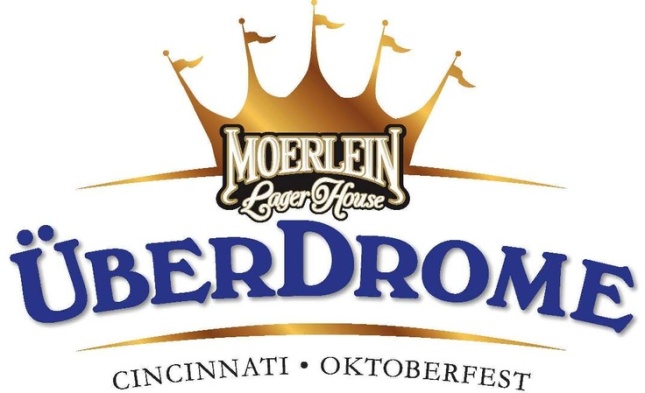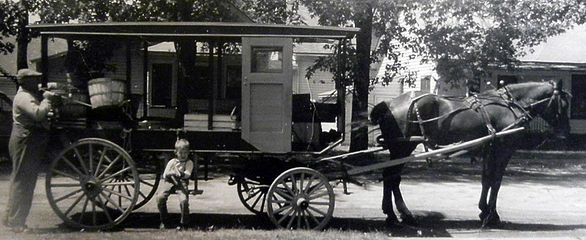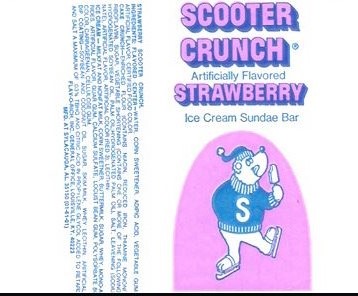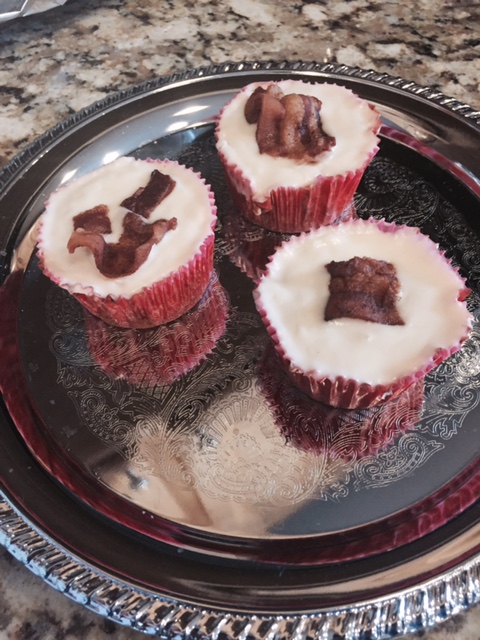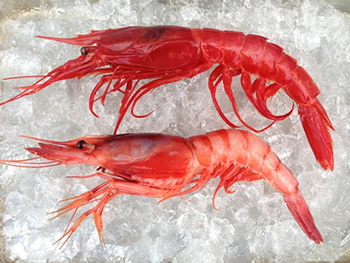
Royal Red Shrimp (pleoticus robustus) native to the Gulf Coast, the Keys, and Connecticut.
I was driving down the 193 toward the Dauphin Island ferry in Southern Alabama when I got a lucky call. It was my childhood friend, Mike, who lives not far in the Gulf Area of Mississippi. He is a foodie from way back like me – a Midwestern-turned Southern one – one who knows goetta AND grits. He saw my Facebook post from the night before about Mobile, Alabama, food, and wanted to give me some recommendations. He was driving in the opposite direction toward his former Cincy home to celebrate his fabulous mother, Barb’s birthday. So, for the second year in a row, we missed each other in the Gulf. One of these Septembers we’ll have a beer on a fishing boat in the Gulf.
He told me about a shrimp native to the area called Royal Red Shrimp (pleoticus robustus). He proclaimed them the “best thing on the coast,” and directed me to a little unincorporated town of Bon Secour, east of Gulf Shores. It’s a French fishing village meaning “Good Harbour” dating back to the late 19th century. One fishing company has been in operation there since 1890. Apparently, with Royal Reds, once you go red, you don’t go back – to pink, white, or brown, that is.
The primary catch for the Bon Secour fishing fleet ranges from Mobile Bay shrimp to this deep water “Royal Red” shrimp Mike told me I had to try. Large shrimp boats dock on the inlet river in Bon Secour in front of processing plants awaiting packaging and shipment to all of America. It’s these multi-generational fishing family companies that are folding due to competition with cheaper overseas farmed shrimp. These overseas critters are what we typically eat at local restaurants that serve generic shrimp dishes. There is an Alabama Wild Shrimp program that bands together the local fishermen of Bon Secour and the Mobile area to help them ally with marketing, PR and branding efforts for Alabama wild caught shrimp.
Those who’ve had fresh wild caught gulf shrimp know there is nothing better. And I was excited to try this Royal Red variety. Royal Reds are a tastier species compared to the pink, white, and brown varieties. The Red’s higher fat content make them sweeter and more tender than coastal shrimp. It’s that tenderness that makes them cook in about half the time as pink, white or brown varieties.
While few had even heard of the Royal Red before the mid-90s, they now have a cult following with locals and tourists in the know along the Gulf Coast. Royal Red Shrimp can be identified by their large size, rich crimson color and their naturally salty and flavorful taste that has been compared to Lobster and Bay Scallops.
Although still not well known, Royal Red shrimp have been plentiful for a long time. They were caught 100 years ago by Sicilian and Greek immigrants in deep waters 40 to 60 miles offshore in the Atlantic, at the edge of the underwater ridge known as the Blake Plateau. These immigrants founded the modern commercial shrimping industry, which traditionally has focused on the inshore white, brown and pink species. They were found off the Gulf Coast in the 1950s, and off the coast of Connecticut in the 1980s. Aside from Stonington Fisheries in Connecticut, the Gulf Coast, and the Florida Keys, you will be hard pressed to find Royal Reds anywhere else. They never see the light of day in their 1200 to half mile deep habitats, and as a result are flash frozen on the boat. If they weren’t, they’d go bad before the boats reached shore.
They were simply were not an economically feasible catch until fairly recently, partly because of the need to develop special deep-water nets and get them approved by the government.
With four main gulf coast shrimp species, each has a different flavor. Watch for a new bar trend – shrimp flights – like a flight of wines or bourbons. Brown shrimp (penaeus aztecus) have an iodine-rich diet, which imparts a strong flavor that goes great with robust dishes like gumbo and jambalaya. On the other hand, white shrimp (penaeus setiferus) have a more mild flavor with natural sweetness because they’re found in areas with less salinity, like brackish estuaries and bayous. If you boil or sauté them, they’ll soak in the flavors of the sauces and seasonings. Finally, pink shrimp (penaeus duorum) are also sweet with an even more mild flavor profile, so they pair well with dishes that feature delicate sauces (like shrimp and grits) and they grill up well.

My Royal Red Shrimp grill in Gulf Shores, Alabama.
While Royal Reds can be found all year long, their season runs from late summer through the end of fall. The best time for the freshest Royal Reds is during the peak month of September. Lucky for me, I was there during the peak. I found them frozen, as they should be, at Fresh Market Fish in Bon Secour, and grilled them that same night. I might have slightly overcooked them, but we still enjoyed their sweetness. They don’t need a pairing with cocktail sauce or anything for that matter. I’ll have to do some scouting to see if they’re available in Cincinnati.










